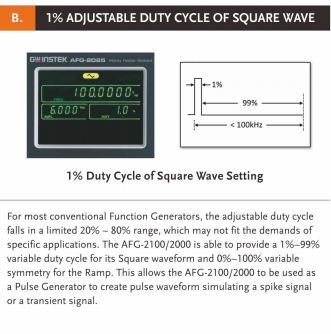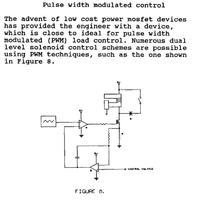mazahyr
Junior Member level 2

- Joined
- Apr 8, 2014
- Messages
- 22
- Helped
- 0
- Reputation
- 0
- Reaction score
- 0
- Trophy points
- 1
- Location
- Huddersfield, England
- Activity points
- 182
Hi All,
A very quick and daft kind of query. I'm trying to actuate a solenoid with PWM. I tried searching about it but couldn't get exactly what I want. Its quite simple though. I've got a function generator, GwInstek AG-2005. I want to run this solenoid at certain parameters. I simply hooked it up to the output of the Func Gen thinking it would start pulsing the solenoid but I was wrong. Something keeps telling me that I need an external power going into the solenoid to run it.
Any help regarding connecting the solenoid would be much appreciated.
Thanks.
A very quick and daft kind of query. I'm trying to actuate a solenoid with PWM. I tried searching about it but couldn't get exactly what I want. Its quite simple though. I've got a function generator, GwInstek AG-2005. I want to run this solenoid at certain parameters. I simply hooked it up to the output of the Func Gen thinking it would start pulsing the solenoid but I was wrong. Something keeps telling me that I need an external power going into the solenoid to run it.
Any help regarding connecting the solenoid would be much appreciated.
Thanks.





